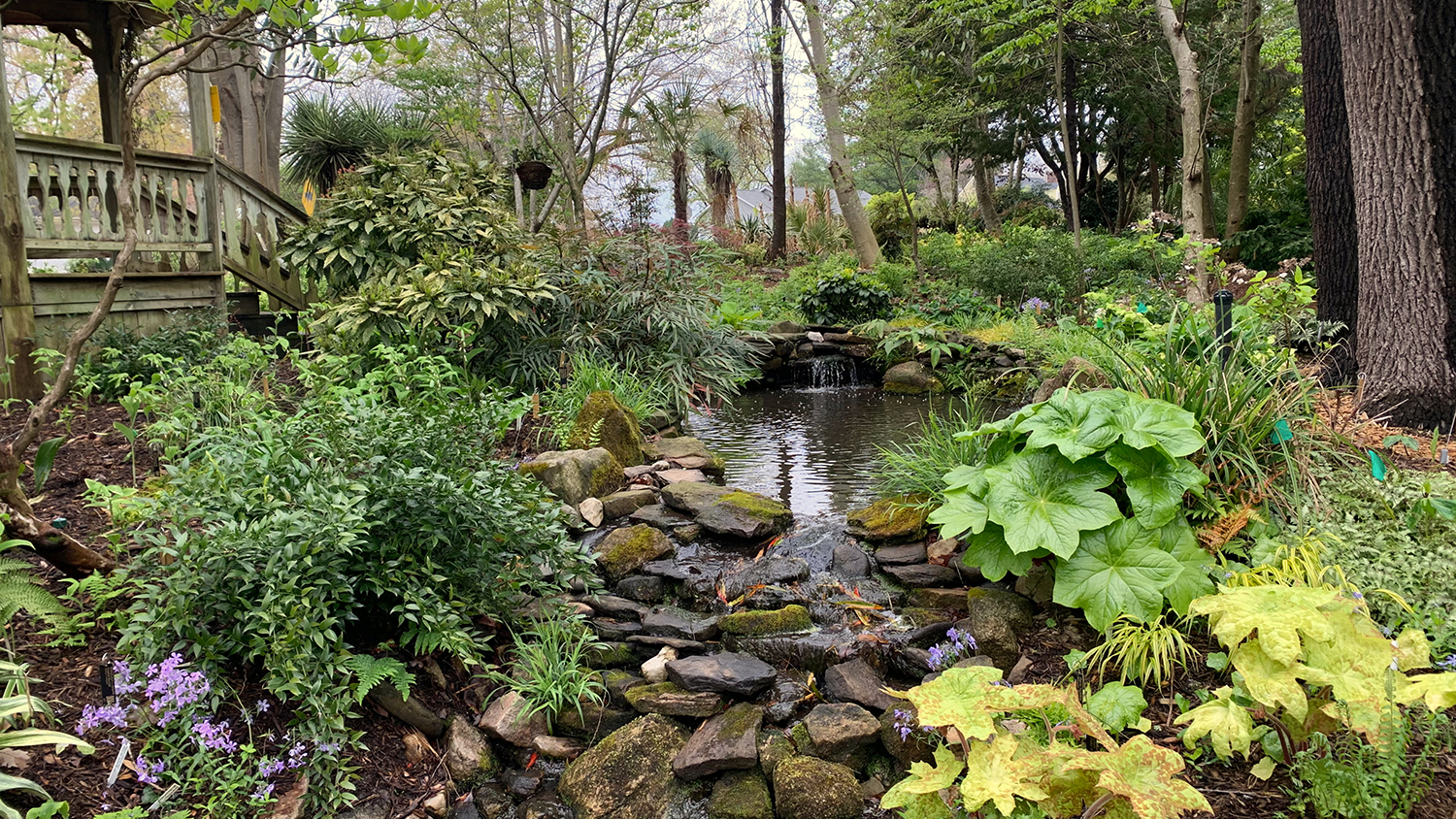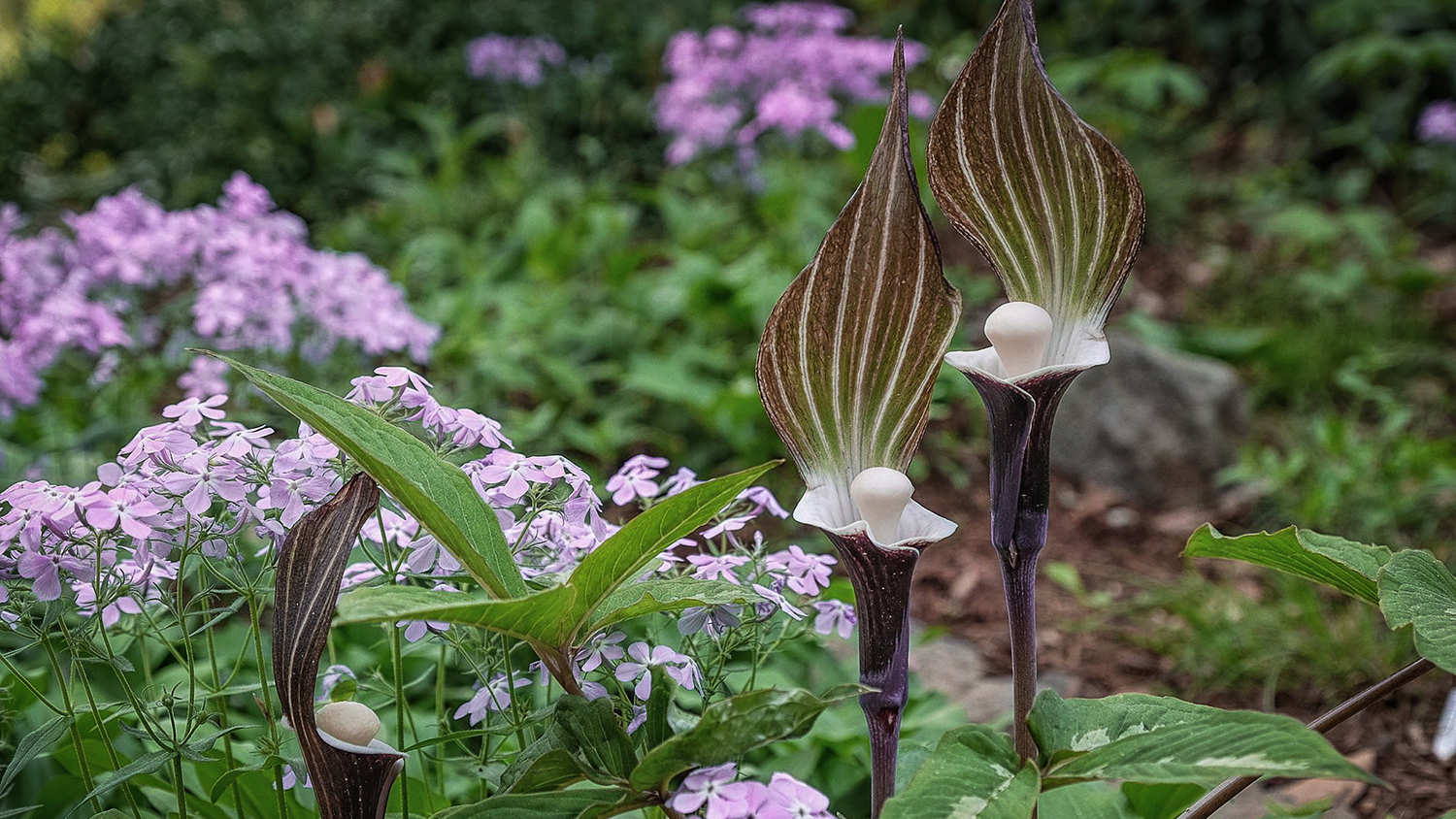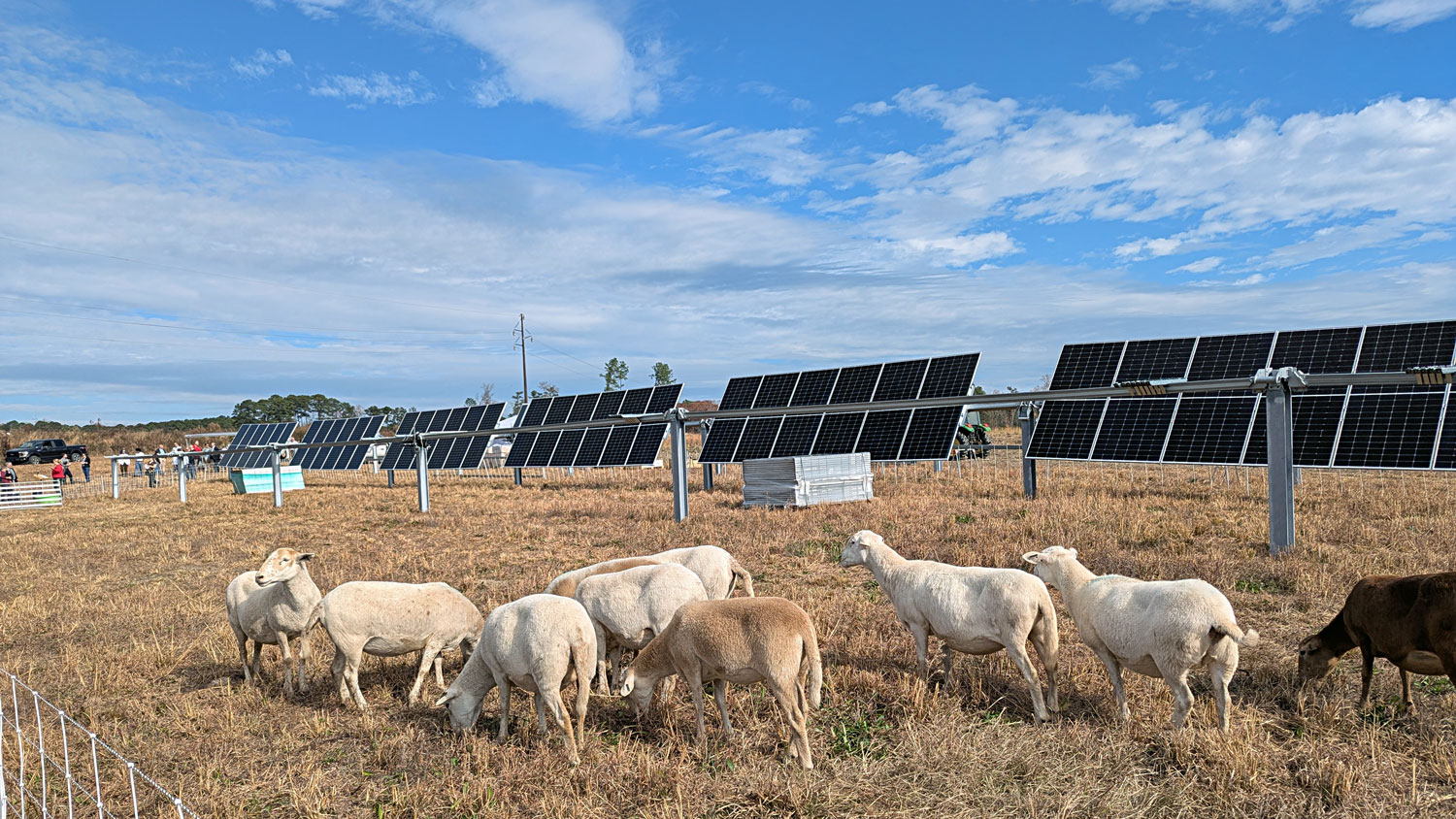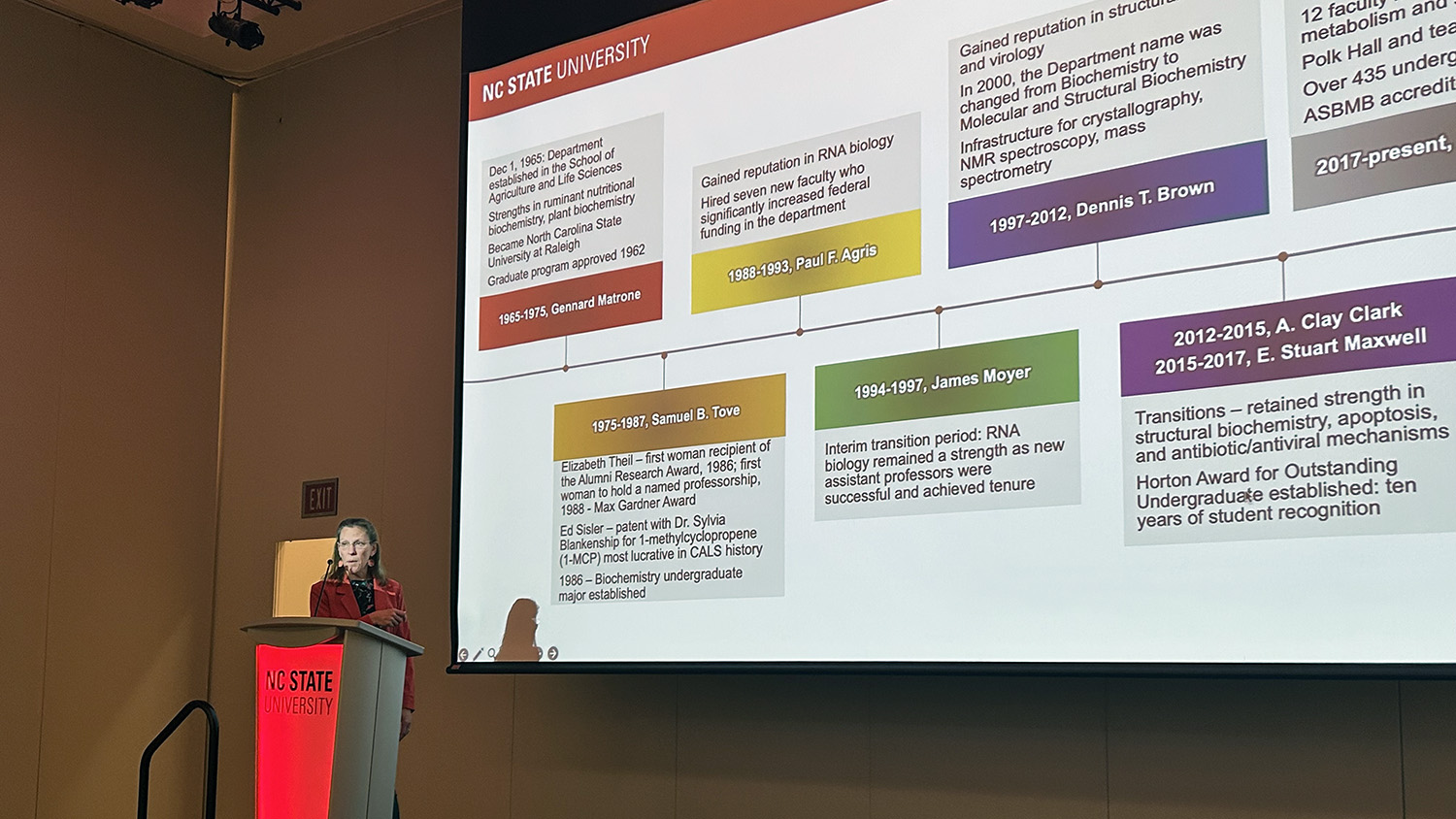Conservation, Education and Beauty
Join the critical race to preserve Juniper Level Botanic Garden's genetic library.

When alumnus Tony Avent gifted Juniper Level Botanic Garden (JLBG) to NC State’s JC Raulston Arboretum, he did so with the urgency of knowing his nearly 40 years of work in plant conservation needed to continue without him.
“The only way to study plants is to grow them, communicate with other experts and share ideas about how to help them thrive,” Avent says.
Avent founded JLBG in the late 1980s and has since focused on endangered plant conservation, research, education, breeding, propagation and plant distribution — entirely funded and supported from his award-winning online Plant Delights Nursery.
With Avent quickly approaching retirement, his gift to the JC Raulston Arboretum inspired NC State to establish an endowment with an ambitious $20 million goal. Once fully funded, the endowment will generate operational funds to maintain the 28-acre research garden and its massive plant data collection that will support vital plant conservation, research, breeding and education in perpetuity.
An Unparalleled Genetic Library
With breeding efforts that date back to 1984, Avent, his staff, interns and collaborators have an unparallelled plant database of genetic trials, materials and records of taxonomy and adaptability. To date JLBG has conducted 66,000 plant trials in its gardens and introduced more than 1,440 new plant species, cultivars or hybrids to horticulture.
“The JLBG genetic plant collection is vital to botanic and horticultural research that will ensure that plants survive and adapt to the changing environments and climates,” says Mark Weathington, director of the JC Raulston Arboretum. “It’s preservation. There are plants and trees that would disappear without the cultivation and breeding work done at the gardens and through NC State.”
Among the genetic materials cataloged by JLGB are germplasms for popular plant groups including Agave, xMangave, Yucca, Baptisia, Aspidistra, Polygonatum, Arum, Epimedium, and ferns and geophytes. Researchers and home gardeners can view the digital photo study of many of the species in JLBG’s specialty collection.
In addition, the vast library is useful to researchers investigating plants that are no longer available in the wild.
“We’ve had cancer researchers and all kinds of scientists request to use plant materials from our collection,” Avent says. “The hope is that the endowment will help preserve the collection and expand access to those who need it to further their work.”
“The database records and plant materials are essential,” Weathington says. “They will enable NC State researchers, and researchers around the world, to continue plant breeding, conservation and research for myriad applications.”
Sister Gardens Safeguard a Massive Plant Collection
Once the endowment is fully funded, JLBG and the JC Raulston Arboretum will become sister teaching gardens and host a combined collection that includes over 29,000 taxa of herbaceous and woody plants — tripling NC State’s current collection.
“The endowment is about the plants and their legacy,” Avent says. “J.C. Raulston was my mentor and I was able to stand on his shoulders and use my gifts to create JLBG and its genetic library. My hope is many more will stand on my shoulders and use their gifts to continue this work.”
The two living laboratories will become one of the largest and most comprehensive breeding collections in the world. NC State’s plant research efforts will expand, making an even greater impact on plant and soil science in the years to come.
“The endowment will allow us to shepherd this vast genetic collection and fulfill our joint mission of educating students, professionals and the public, advancing botanic research, and serving the greater community,” Weathington says. “It’s an extraordinary resource and we need help ensuring its survival.”
“There’s always a way,” Avent says. “Let’s use these plants.”

Preserve Plant Genetic Diversity
- Categories:


